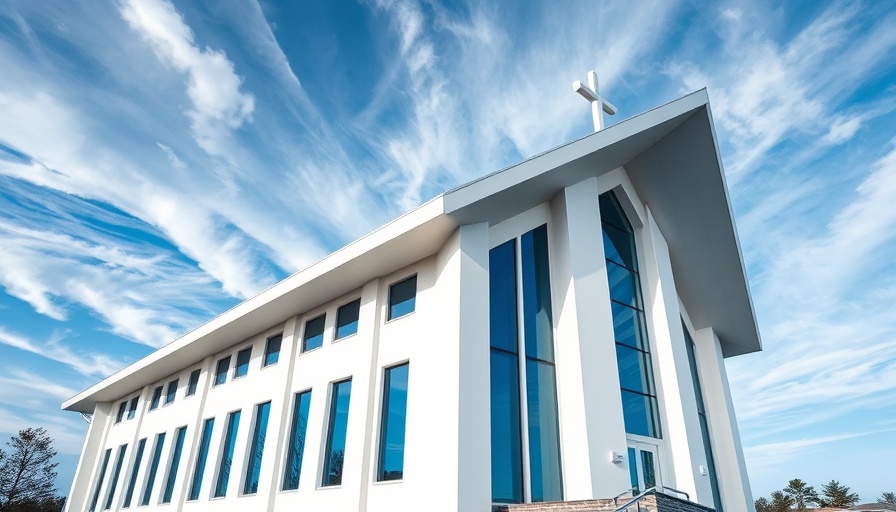
Understanding the Environmental Impact of Construction
With the construction industry contributing to an alarming 39% of global carbon emissions, it’s clear that sustainability isn't just an option—it's a necessity. For young homeowners in London, understanding this impact is the first step towards making informed choices in home improvement and DIY projects. Many believe that sustainable construction is only for commercial projects, but individual homeowners can also play a part. Embracing sustainability can lead to significant personal and environmental benefits.
The Economic Benefits of Sustainability
Investing in sustainable construction methods not only aids the environment but also brings measurable economic advantages. Homeowners can expect lower operational costs and higher property values—reportedly a 3% to 15% rental premium for eco-friendly homes. Moreover, integrating renewable energy solutions like solar panels can reduce energy bills further, making these investments worthwhile. Additionally, by engaging in circular economy practices, individuals can boost their home value and save up to 26% in costs over time. This approach highlights the merging of financial prudence and environmental responsibility.
Practical Steps Towards Sustainable Home Improvement
For those in the 25-55 age group keen on home improvement, implementing sustainable practices can start small. Here are four practical strategies:
- Selecting Renewable and Recycled Materials: Opt for materials like bamboo flooring or recycled steel, which offer durability and reduced environmental impact.
- Energy Efficient Systems: Install smart thermostats and LED lighting systems to significantly lower energy consumption.
- Circular Construction Practices: Such methods encourage reusing existing materials and minimizing waste. Simple practices, like upcycling furniture, contribute to waste reduction.
- Water Conservation Methods: Use water-efficient fixtures and rainwater harvesting systems to manage and reduce water usage effectively.
Embracing Technology for Sustainability
The rise of technology in the construction sector, such as Building Information Modelling (BIM), dramatically enhances sustainability efforts. BIM can help reduce waste by 30% through smarter planning and resource allocation. As tech-savvy homeowners, adopting smart home systems can also lead to 20-30% energy savings, providing long-term financial and environmental benefits. It's important to harness these tools to make homes more efficient while also exploring new technologies that can improve the construction process itself.
Overcoming Challenges in Sustainable Living
While numerous benefits exist, there are also challenges to implementing sustainable practices. Young homeowners often face initial higher upfront costs. However, a strategic long-term financial analysis can reveal that these costs are offset by significant savings in the future. As they navigate these challenges, investing in skill development and seeking online resources can provide guidance on making informed sustainable choices.
Looking Ahead: Future Trends in Sustainable Construction
As sustainability becomes mandated within the construction industry, being informed of future trends is crucial. Expect to see the rise of AI-powered smart buildings, nearly zero-energy homes, and advanced modular construction becoming the norm. These innovations not only cater to the environment but enhance homeowner comfort and efficiency.
It's an exciting time for young homeowners in London! By choosing sustainability in construction and home improvement projects, you aren't just creating a comfortable living space; you're also protecting our planet and setting an example for future generations. Every decision contributes to a larger movement toward eco-friendliness, making a significant impact possible for our communities.
As you plan your next DIY project, consider these insights. Let sustainability lead your choices, and explore local resources or experts who can assist in this transition. Together, our community can make strides toward a greener future.
 Add Row
Add Row  Add
Add 




Write A Comment